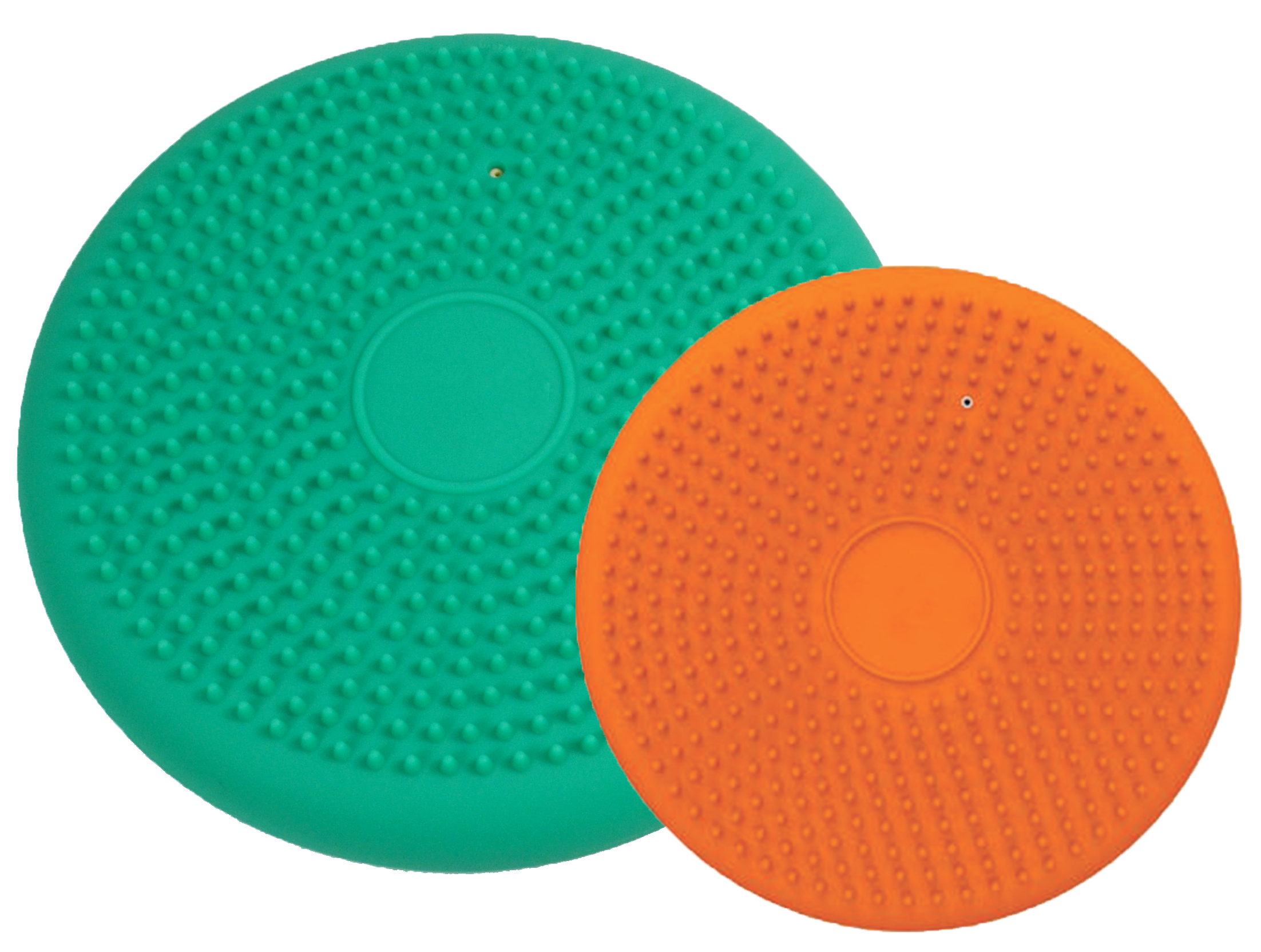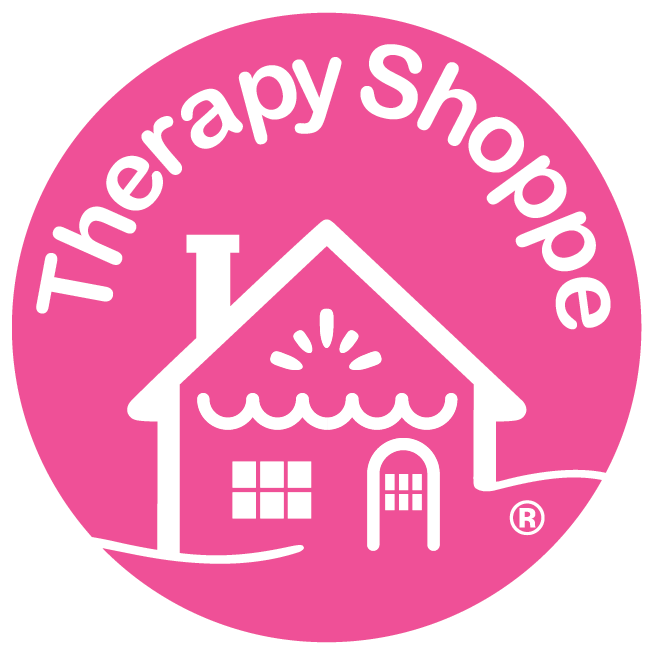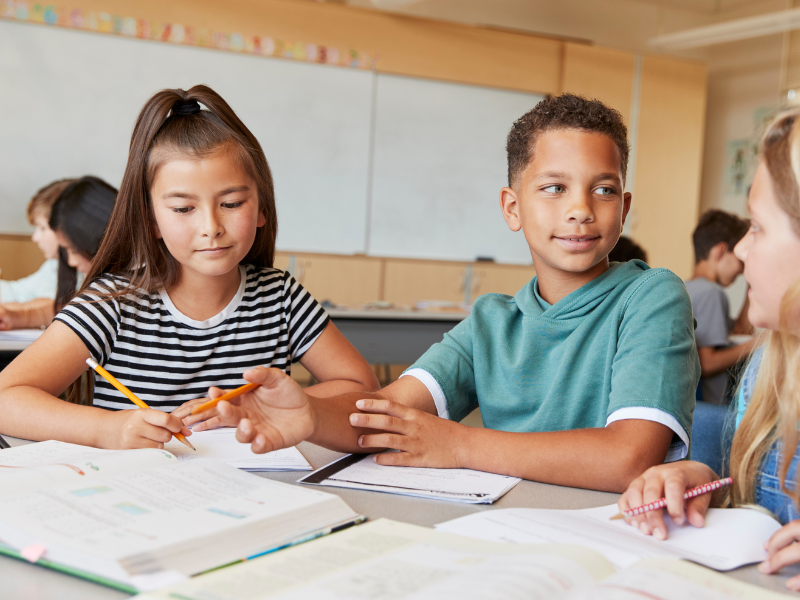Establishing an equitable and inclusive learning environment is essential for the success of every student, regardless of their distinct capabilities and needs. This is where accommodations and modifications come into play. While these terms are often used interchangeably, their meanings and objectives are inherently different from each other. Understanding the difference between accommodations and modifications is crucial for educators, parents, and students to ensure that the educational experience is tailored to each student's unique needs. In this post, we will delve into comprehensive explanations of accommodations and modifications, highlight their key differentiators, and cover effective strategies for their successful implementation.

Accommodations: Enabling Equal Access
Accommodations involve the introduction of adjustments within the learning environment, aimed at enabling students with disabilities or specific needs to engage in the same educational activities as their peers. The primary objective behind accommodations is to level the playing field by providing equitable access to the curriculum and assessments, all the while preserving the authenticity of the educational content itself. Importantly, accommodations do not involve altering the content; rather, they focus on dismantling any barriers that might hinder a student's ability to fully demonstrate their capabilities.
Examples of accommodations include:
- Extended Time: Providing additional time for assignments, tests, or reading materials to students who require more time due to learning disabilities or processing differences.
- Assistive Technology: Offering tools like screen readers, speech-to-text software, Bright Lines Handwriting Paper, or graphic organizers to support students with visual or reading challenges.
- Flexible Seating: Allowing students to choose seating that best suits their comfort and learning style, accommodating physical needs or sensory sensitivities. Ball Chairs, Wiggle Seats, Wobble Stools and Fidgeting Foot Bands are options to consider.
- Note-taking Assistance: Providing students with copies of lecture notes, PowerPoint slides, or access to peer notes to help them concentrate on the content without struggling to write or type simultaneously.
- Quiet Space: Providing students with a quiet, distraction-free space for exams or focused work to accommodate sensory sensitivities or concentration difficulties. Providing quiet fidget toys in the quiet testing space can also be beneficial for boosting concentration and reducing stress.
- Alternative Formats: Offering content in alternative formats, such as audio or large print, to cater to students with visual impairments or reading difficulties.

Modifications: Tailoring Content
On the other hand, modifications involve altering the content or expectations of assignments, assessments, or activities to match a student's current abilities. This approach acknowledges that some students might require a different set of learning objectives to demonstrate their understanding effectively.
Examples of modifications include:
- Simplified Assignments: Presenting the same concepts but with reduced complexity in terms of language, reading level, or task difficulty.
- Altered Assessments: Providing alternative assessments that still assess the core concepts but in a way that accommodates a student's learning profile, such as using visuals instead of written responses.
- Reduced Assignments: Assigning fewer problems or questions for students who might be overwhelmed by a standard workload due to their disabilities or challenges.
- Content Substitution: Replacing certain topics or content components with alternatives that align better with a student's individual learning profile and strengths.
- Flexible Grading Criteria: Adapting grading criteria to reflect the specific objectives that have been modified, ensuring that students are assessed based on their individual progress.
- Alternative Materials: Providing alternative reading materials, such as simplified versions or alternative texts, to cater to varying reading levels and comprehension abilities.

Effective Implementation
Implementing accommodations and modifications effectively requires collaboration among educators, parents, and support staff. Here are some key steps to ensure success:
- Individualized Education Plan (IEP) or 504 Plan: For students with documented disabilities, these plans outline the specific accommodations or modifications they need. Regular communication and updates among all stakeholders are crucial.
- Clear Communication: Teachers should openly communicate with students about the available options and encourage them to self-advocate for their needs.
- Professional Development: Educators should receive training on various disabilities, learning styles, and strategies to provide appropriate accommodations and modifications.
- Regular Assessment: The effectiveness of accommodations and modifications should be assessed regularly to ensure they are helping students achieve their learning goals.
By recognizing the unique needs of each student and employing accommodations to break down barriers, and modifications to tailor content appropriately, we can help all students to better succeed in the classroom.
More articles you might enjoy:
Creating Sensory-Friendly Spaces: Designing Classrooms to Support All Students
Back to School Favorites for Homeschoolers & Classrooms
Free Online Resources for SPED Teachers
The IEP Process Demystified: A Guide for Teachers
Visual Timers and Schedules: Helping Kids Manage Time and Transitions

